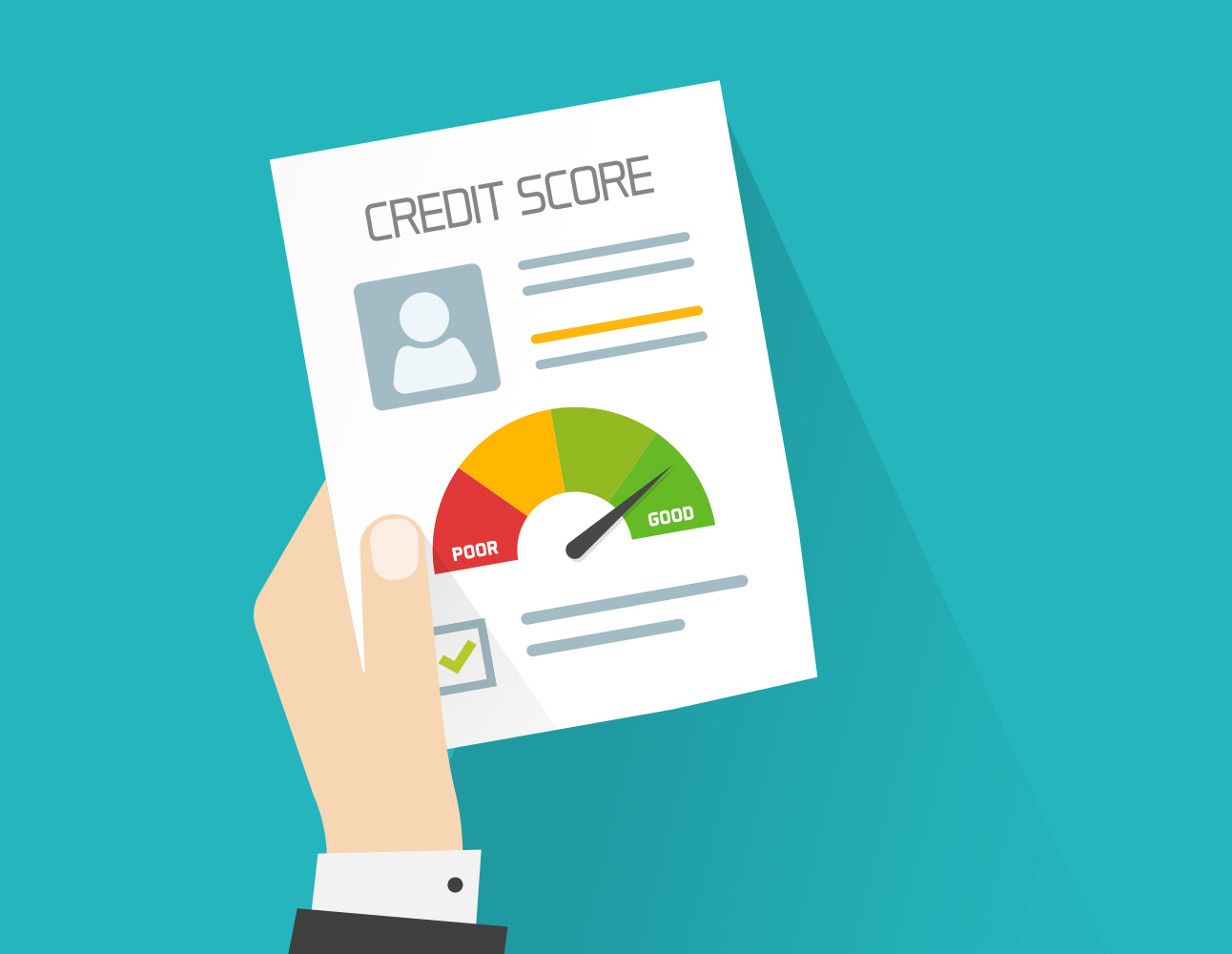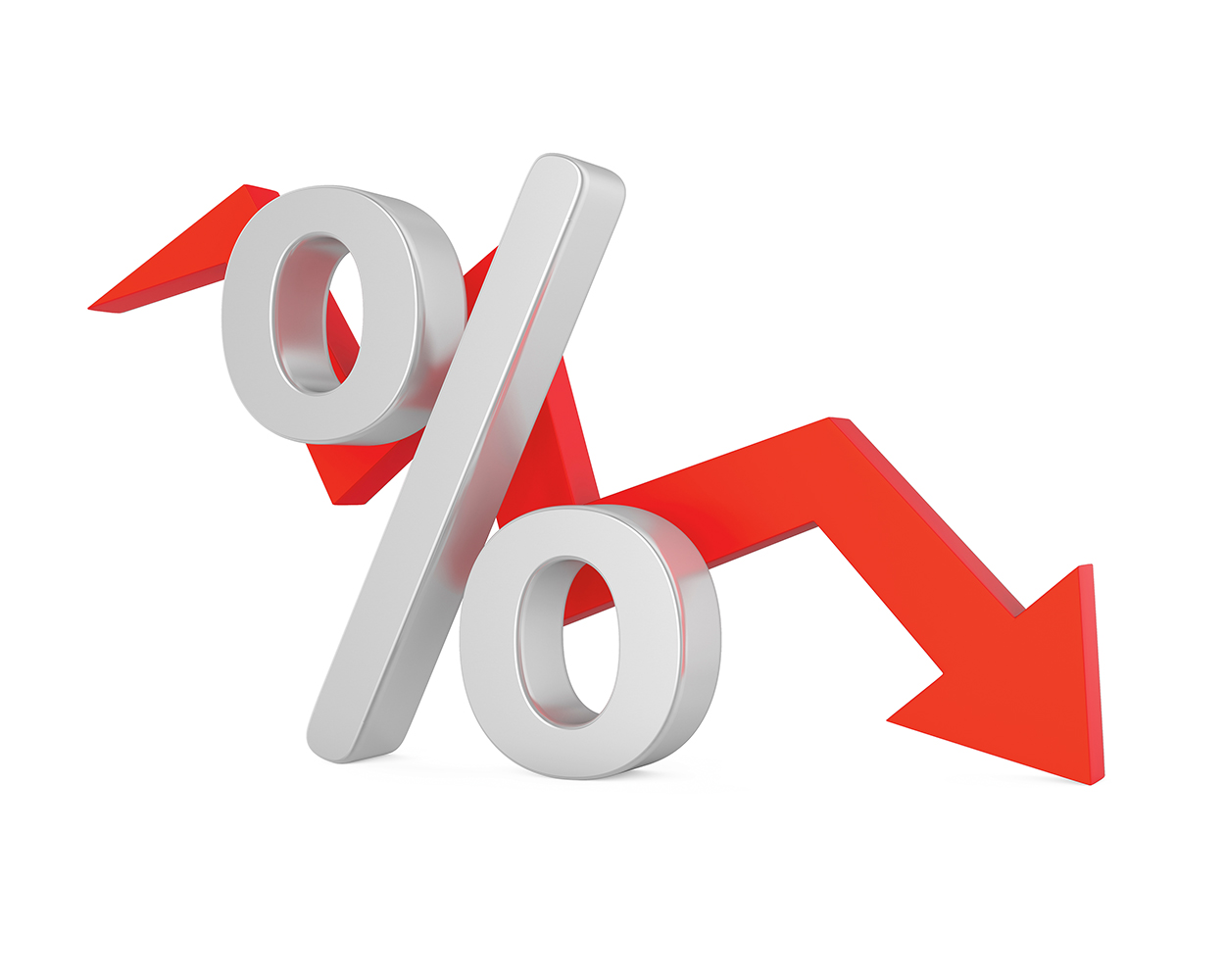Our economy is booming—so why are 1 in 3 Canadians falling behind?
By Katrina Caruso
We’re only a few weeks into 2018 and it’s already looking as though this might be one of the tightest years in a while for Canadians, as interest rates rise and consumer debt grows.
The Bank of Canada raised its lending rate to 1.25% on January 17—the third time the interest rates have risen in the last year. At least two more hikes are expected in 2018. While it doesn’t sound like much, the impact is significant, affecting consumers through things like mortgages and lines of credit. As well, with news of the Bank of Canada’s interest-rate increase, all five of the largest Canadian banks (BMO, CIBC, RBC, Scotiabank, and TD) raised their rates, too.
As of 2018, the ratio of household debt to disposable income has risen to a record-breaking 171%; that number was 66% in 1980. To make matters worse, a recent Ipsos survey conducted for the MNP Consumer Debt Index found that 33% of Canadians aren’t able to pay off their monthly bills and debts, and 48% of those surveyed said that there’s only $200 between them going into the red. The Financial Planning Standards Council and Credit Canada also polled Canadians and found that 20% of responders had less money in their savings accounts than the amount they owed credit-card companies.
While some economists argue that rising interest rates will dissuade people from borrowing, others worry that people will turn to borrowing even more money to pay their bills. This could lead to what they call a “debt trap,” in which the issues and interests continue to compound, leaving those indebted with no way out.
Photo: iStock/XtockImages.





